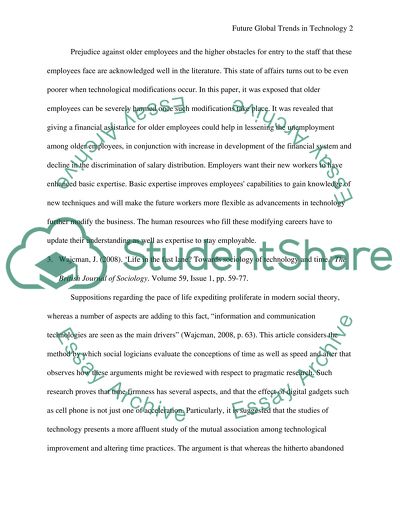Cite this document
(“Future global trends in technology Research Paper”, n.d.)
Retrieved de https://studentshare.org/psychology/1391335-future-global-trends-in-technology
Retrieved de https://studentshare.org/psychology/1391335-future-global-trends-in-technology
(Future Global Trends in Technology Research Paper)
https://studentshare.org/psychology/1391335-future-global-trends-in-technology.
https://studentshare.org/psychology/1391335-future-global-trends-in-technology.
“Future Global Trends in Technology Research Paper”, n.d. https://studentshare.org/psychology/1391335-future-global-trends-in-technology.


